What is DC, anyway? If we have a square pulse of 1V for 1ns, is that DC? What if it's for 1ms? 1s? 1 day? 1 year?
"It's only ever positive -- it doesn't alternate", I hear you thinking. OK, what if we have a square wave that alternates between +1V and -1V every 1 ms. Clearly this is AC, right? What if the edge transitions occur only every 100 years? Is it DC now? What if the device has only been on for 99 years and you don't know that it's going to change yet?
Point being, the notion of "DC" is arbitrary, and usually chosen to be something convenient for a particular circuit or situation. When voltage or current changes so slowly or so insignificantly that we can consider it as not changing it at all, it's DC.
For example, if we are discussing microwave circuits, then the 60 or 50Hz AC on your wall might as well be DC. The rate of change in that waveform is so slow compared to the reactive components in a microwave circuit that it might as well not be changing at all.
In other contexts we might define DC in terms of Fourier analysis. In this case, "DC" is the average value. However, the average value depends on the span of time we choose to consider in the analysis. For example, in the case of our +/- 1V alternating every 100 years, the average is 0V, but if we look at just one particular day, the average is likely to be 1V or -1V.
In the case of a power supply such as you have drawn, an engineer is likely to call that "DC". An engineer understands that a real power supply will necessarily have some ripple, so you don't have to say "this is a DC with some ripple" unless the ripple is unacceptable for your application. If the engineer wants to quantify the ripple (usually to keep it under some specified maximum), then it will be treated as an AC component, and the DC component will be calculated as an average taken oven a span of time sufficiently long to average out all the variations.

